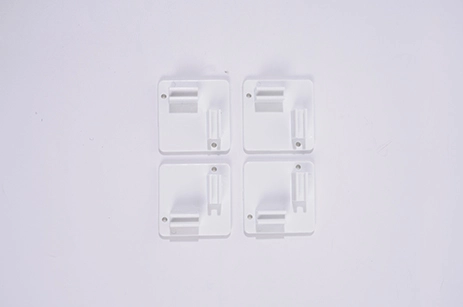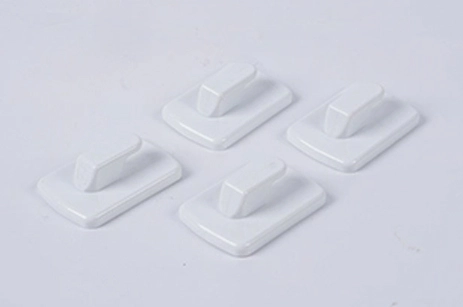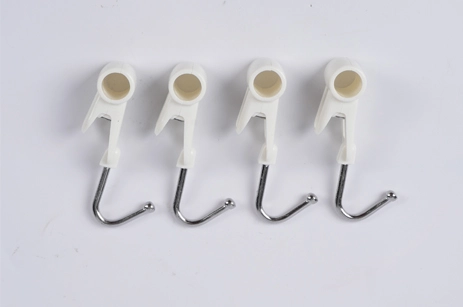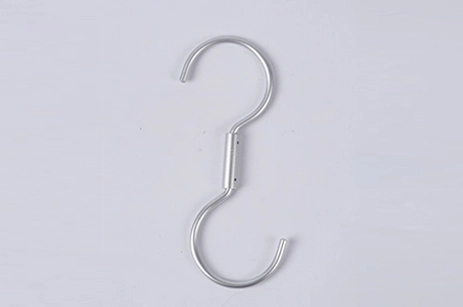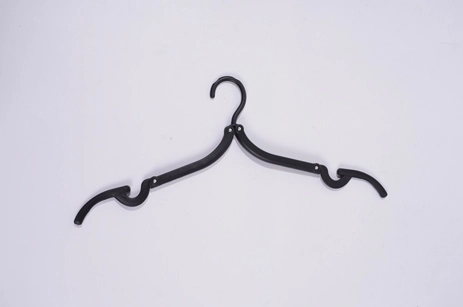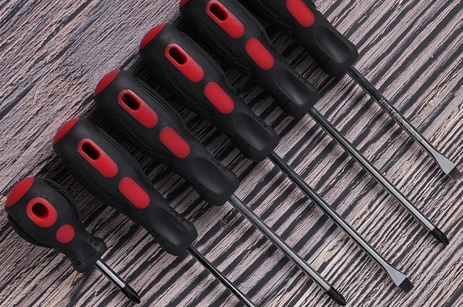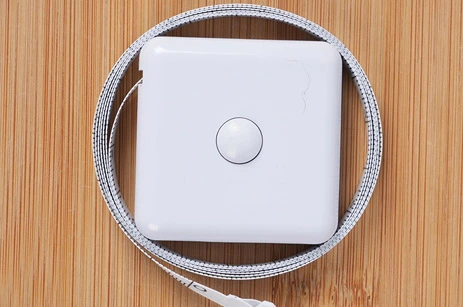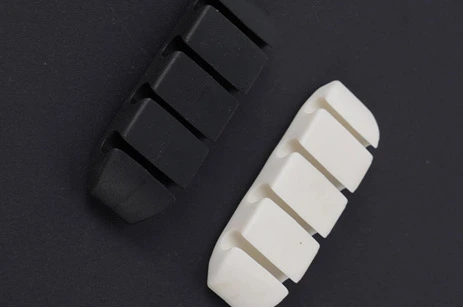Different Types of Home Storage Hooks and Their Uses in Various Areas of the House (Kitchen, Bathroom, Garage, Etc.)
1. S-hooks: S-hooks are versatile and can be used in multiple areas. In the kitchen, they are ideal for hanging pots, pans, and utensils. In the bathroom, they can hold towels or hang shower caddies. S-hooks are also handy in the garage for hanging tools and equipment.
2. Adhesive hooks: These hooks feature an adhesive backing for easy installation without damaging walls. They are useful in the kitchen for hanging lightweight utensils or small towels. In the bathroom, they can hold towels or robes. Adhesive hooks can also be used in closets for organizing accessories like belts or scarves.
3. Over-the-door hooks: Designed to fit over the top of doors, these hooks are versatile and require no installation. They are suitable for hanging towels in the bathroom or robes in the bedroom. Over-the-door hooks can also be used in closets for organizing bags, hats, or belts.
4. Pegboard hooks: These hooks are specifically designed for use with pegboards. They are commonly used in garages and workshops for hanging tools, sports equipment, or garden accessories.
5. Magnetic hooks: These hooks use magnets to attach to metal surfaces. They are great for hanging kitchen utensils on the refrigerator or for organizing tools in the garage.
6. Coat hooks: These hooks typically have multiple prongs and are used in entryways or mudrooms for hanging coats, jackets, hats, and bags.
How to Properly Install and Hang Home Storage Hooks for Durability and Functionality
1. Explore the wall surface: Before installation, identify the type of wall (e.g., drywall, concrete, wood) to determine the best installation method. Use appropriate tools such as a stud finder to locate the wall studs for added stability.
2. Choose the right hardware: Select high-quality hardware that is appropriate for the weight and size of the items to be hung. This may include screws, anchors, or specialized hooks. Ensure the hardware is sturdy and durable to withstand the intended load.
3. Measure and mark: Use a tape measure and level to mark the desired location for the hooks. Take into account the item's dimensions and the desired spacing between multiple hooks. Use a pencil to mark the precise spots for installation.
4. Pre-drill holes: For added stability and to prevent wall damage, pre-drill pilot holes using a drill bit slightly smaller than the chosen hardware. This will help prevent splitting or crumbling of the wall material during installation.
5. Install and secure: Place the hook or hardware over the pre-drilled holes and secure it tightly using a screwdriver, drill, or other appropriate tools. Ensure the hook is level and securely attached to the wall. Test the stability and adjust if necessary.
How to Maintain and Clean Home Storage Hooks to Ensure Longevity and Prevent Damage
1. Regular inspection: Periodically check the condition of the hooks, examining for any signs of wear, rust, or damage. Replace any hooks that show signs of weakness or malfunction.
2. Cleaning routine: Dust or debris accumulation can affect the functionality of hooks. Clean the hooks regularly using a soft cloth or sponge dampened with mild soap and water. Avoid using harsh chemicals that can damage the surface or coating of the hooks.
3. Rust prevention: If your hooks are made of metal, apply a rust-preventive coating or rust-resistant spray to protect them from rusting. This is especially important for hooks used in humid areas.
4. Lubrication: If your hooks have moving parts, such as hinges or swivels, apply a small amount of lubricant to ensure smooth operation. Use a silicone-based lubricant or any lubricant recommended by the manufacturer.
5. Weight distribution: Avoid placing excessive weight on hooks beyond their recommended capacity. Distribute the weight evenly, and consider using additional hooks or support if needed.

 EN
EN
 jp
jp 